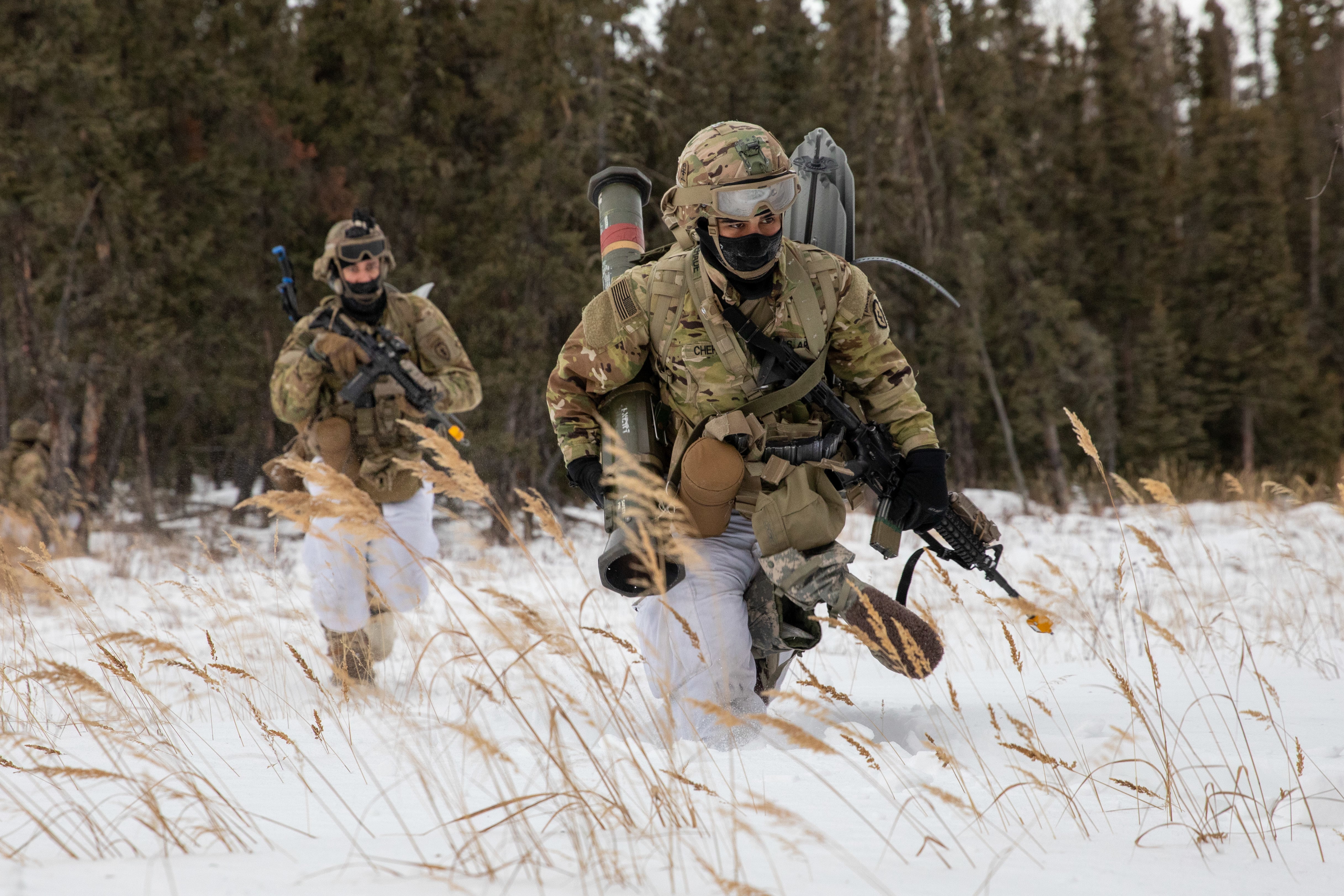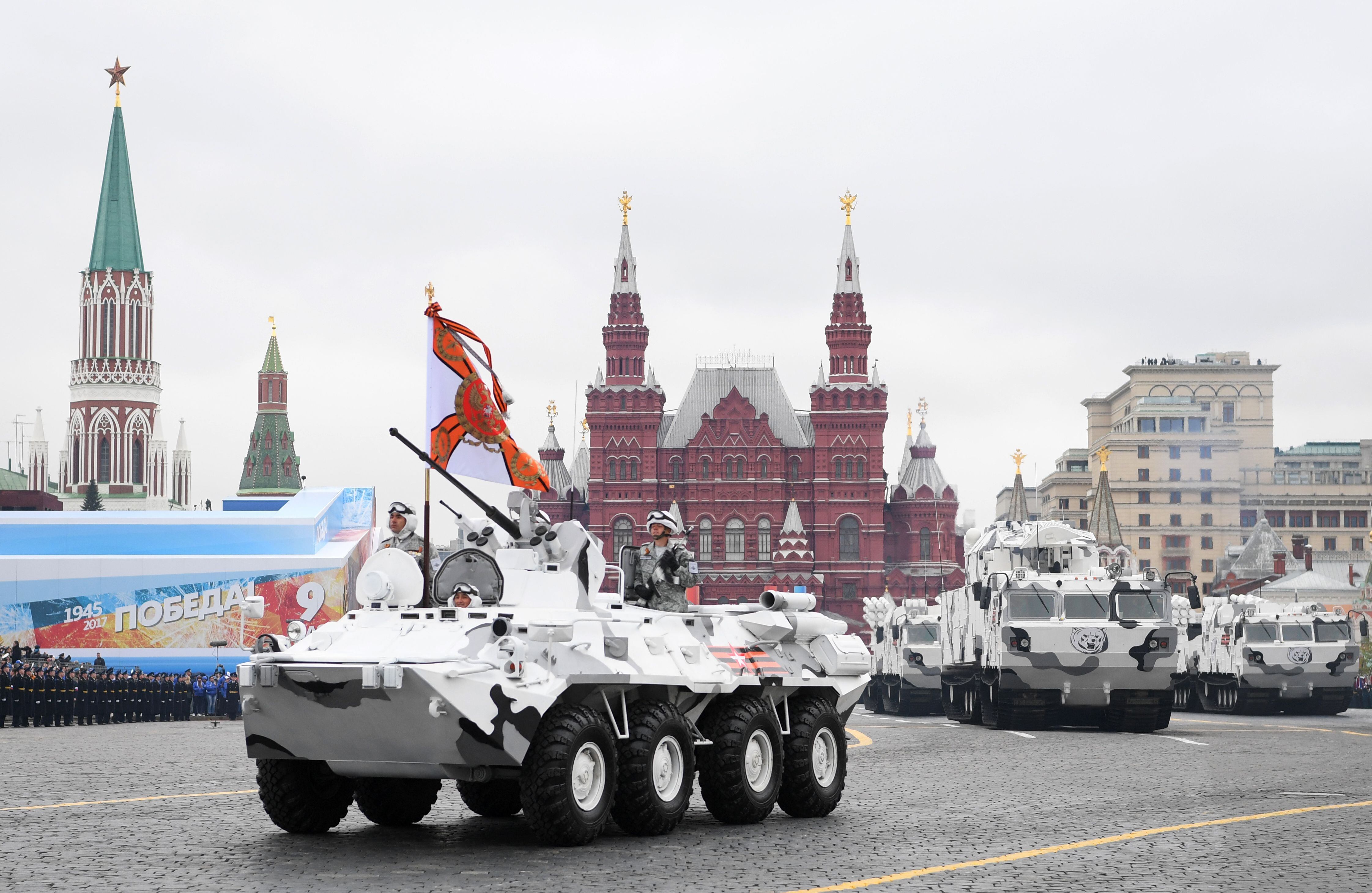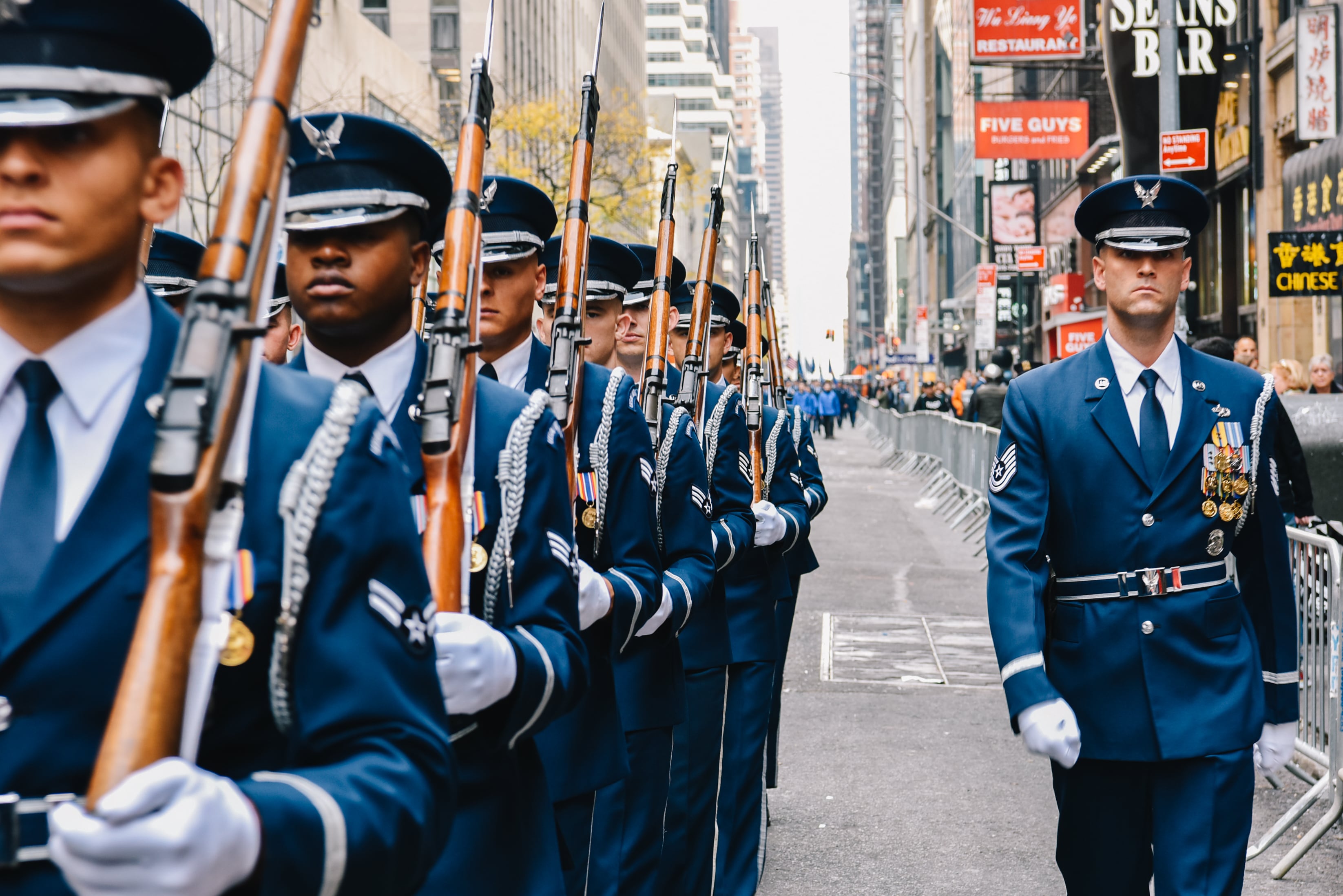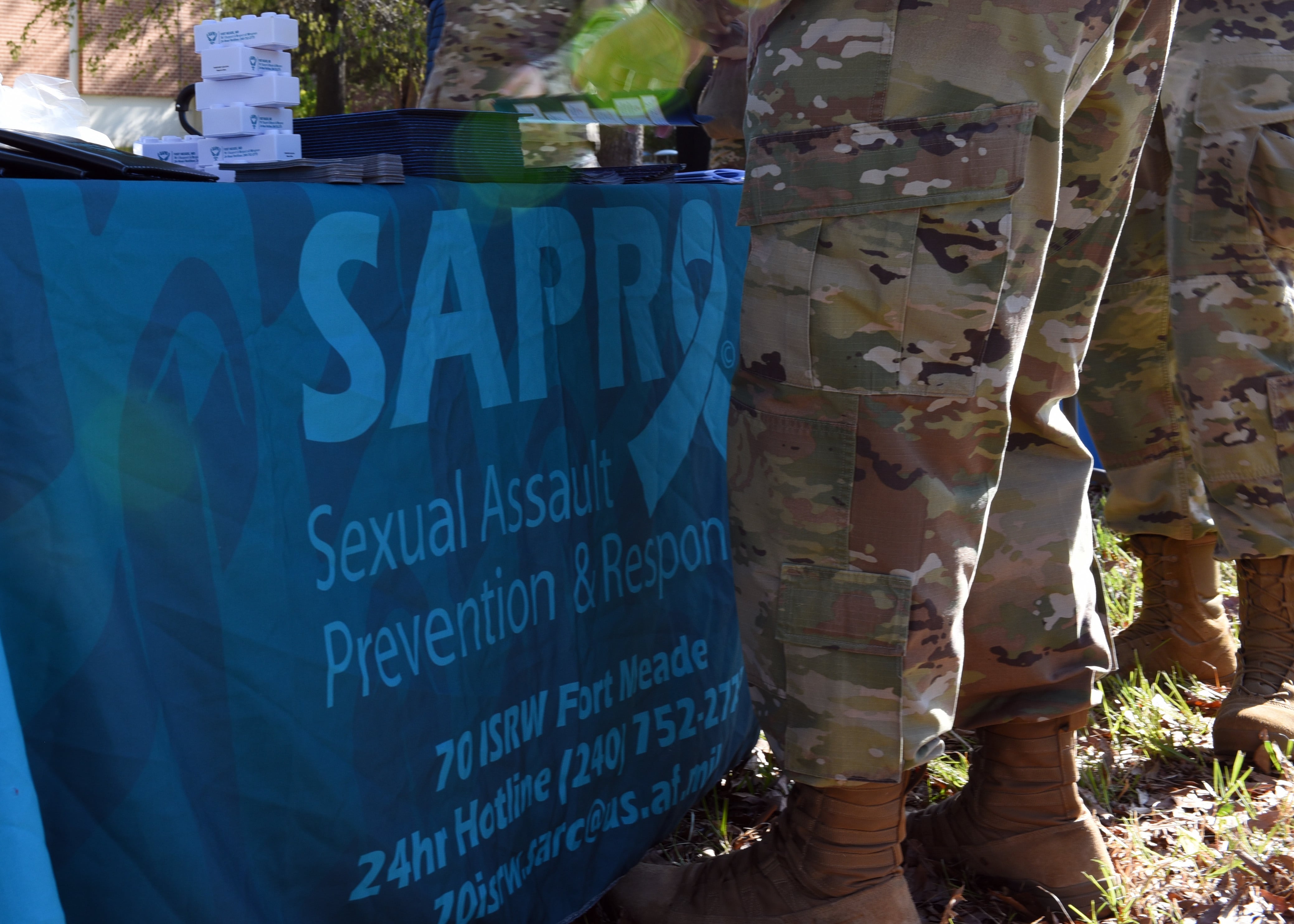The Army’s newly released Arctic strategy will primarily impact troops stationed in Alaska, but the document has global ambitions that go beyond the northernmost U.S. state.
The strategy document released Tuesday, “Regaining Arctic Dominance,” lays out the Army’s plans to establish a two-star headquarters in Alaska to manage Arctic-focused combat brigades outfitted with tracked vehicles, tents, sleds and other equipment to help soldiers navigate deep snow and rugged terrain.
The strategy also discusses plans to put a multi-domain task force in Alaska that combines intelligence, cyber, space and electronic warfare to deny access to enemy forces — important for a region where sea lanes and flight routes are needed to traverse great distances.
Maj. Gen. Peter Andrysiak, the Army’s top officer in Alaska, said soldiers up north have already started shifting their summer-focused training cycle into the winter months to get used to jumping and living in the cold.
“It’s a return to the way things used to be in Alaska,” Andrysiak told Army Times last month. “There used to be a series of large-scale exercises that took place in the February-March time frame, but that really stopped in probably the early 1990s.”
The Army also conducted a “gap analysis” during a brigade-sized exercise at the Donnelly Training Area, in Alaska’s interior, last month.
Information gleaned from that will help determine what funding is needed by Alaska units to work for extended periods across the Arctic, a region where climate change is expected to open new shipping lanes and offer access to energy and mineral resources.
RELATED

“In the next presidential budget [fiscal 2023 ], we’ll see some money earmarked for near-term deficiencies,” said Col. J.P. Clark, chief of the strategy division for Army operations, plans and training, during a call with reporters Wednesday. “We have a year to kind of dig into those questions and see where we want to have the money go.”
The strategy is also intended to develop an expeditionary, cold-weather force able to deploy outside the United States.
The strategy’s forward, cosigned by Army Chief of Staff Gen. James McConville and former Army Secretary Ryan McCarthy, mentioned plans to train alongside Indian military forces in the Himalayas.
“We are trying to build an Arctic capability that is effective, and not only in the Arctic region, but other areas of extreme cold weather, high altitude and mountainous environments, of which the Himalayas do qualify,” said Elizabeth Felling, a strategic planner for the Army who joined the call with reporters.
European partners, like Norway, Sweden and Finland, are also beginning to coordinate with Andrysiak’s command to find cold weather training opportunities, Andrysiak told Army Times previously. But the Arctic strategy goes beyond simply training with foreign forces.

“With the forces in Alaska, when they’re properly trained and equipped, we can ensure an Arctic-capable formation to meet the demands of our geographic combatant commanders around the globe, whatever those may be,” Felling added.
Army Alaska command is planning future exercises with Indian troops in the Himalayas, where India has a contentious border with neighboring China.
The command also recently took over responsibility for Yudh Abhyas, a bi-annual exercise with the Indian military. The exercise was previously held at Joint Base Lewis McChord, in Washington state, and focused on desert climates, but that’s now changing to an Arctic mission.
China, which considers itself a “near-Arctic nation,” has interest in the region. But Russia is the country with the largest amount of land above the Arctic Circle, and like the United States, its protective of that territory.
Moscow has channeled $1 billion since 2010 to refurbish 13 airfields, enhance search and rescue capabilities and upgrade radar stations, including Sopka-2 radars 300 miles from Alaska on Wrangel Island, the Army’s Arctic strategy notes.
“Moscow announced it will increase the number of S-400 air and missile defense units deployed across its Arctic territory,” according to the document and other news reports, “which tracks with its deployment of more sophisticated equipment to defend its air and maritime domains.”
Kotelny Island and Novaya Zemlya island, for example, are equipped with Bastion-P coastal defense and Pantsir-S1 air defense missile systems, “which create a complex, layered coastal defense arrangement securing territory deeper into the central Arctic,” the Army’s Arctic strategy reads.
Kyle Rempfer was an editor and reporter who has covered combat operations, criminal cases, foreign military assistance and training accidents. Before entering journalism, Kyle served in U.S. Air Force Special Tactics and deployed in 2014 to Paktika Province, Afghanistan, and Baghdad, Iraq.





